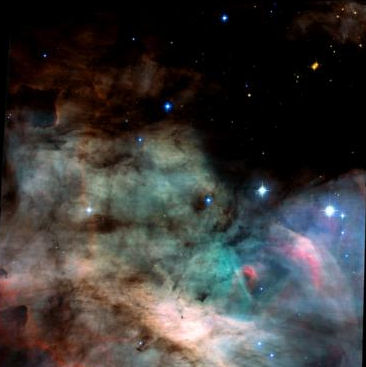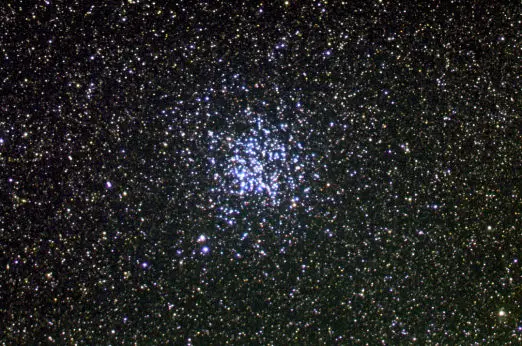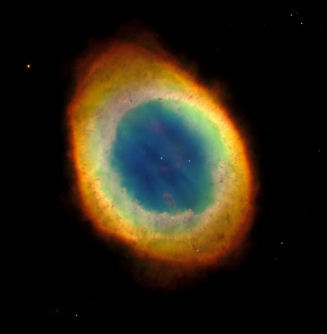
LAKE COUNTY – August skies are some of the most beautiful you will see all year. But before we discuss some of the night sky’s delights, we need to remember that there is a meteor shower that happens every August.
The Perseid Meteor Shower
This shower occurs in the morning of Aug. 12. The moon won’t set until 2 a.m. The moon will interfere with viewing. So it’s best to wait until after 2 a.m. before attempting to view.
Look to the east – that is where the shower will originate. A meteor shower occurs when the earth passes through the dust and debris left by a comet’s tail.
The Summer Triangle
Face south, and look directly overhead. You will see three very bright stars that form a triangle – this is called the “Summer Triangle.” Each star is in a different constellation.
The star furthest to west is Vega – it is in the constellation of Lyra the Harp (see the star chart). To the east is the bright star Deneb in the constellation of Cygnus the Swan.
To the south, the third star in the triangle is Altair in the constellation Aquila the eagle.
Deep Sky Objects
August skies have some beautiful objects that can be seen with a small to medium telescope. These objects are called deep sky objects.
One of these is the Swan Nebula – it’s a big cloud of dust and gas that looks a bit like a swan.

Another is the Wild Duck Cluster – a group of stars that appear close together that resemble a flock of ducks in flight.

And yet another is the Ring Nebula – it looks like a smoke ring in the sky!

To learn more about Lake County Skies in August, and to observe these objects through a telescope, visit Taylor Observatory (www.taylorobservatory.org) on Saturday, Aug. 23 from 8 p.m. to 11 p.m.
John Zimmerman has been an amateur astronomer for 50 years. He is a member of the Taylor Observatory staff, where, among his many duties, he helps create planetarium shows.
{mos_sb_discuss:4}